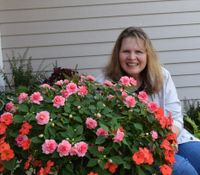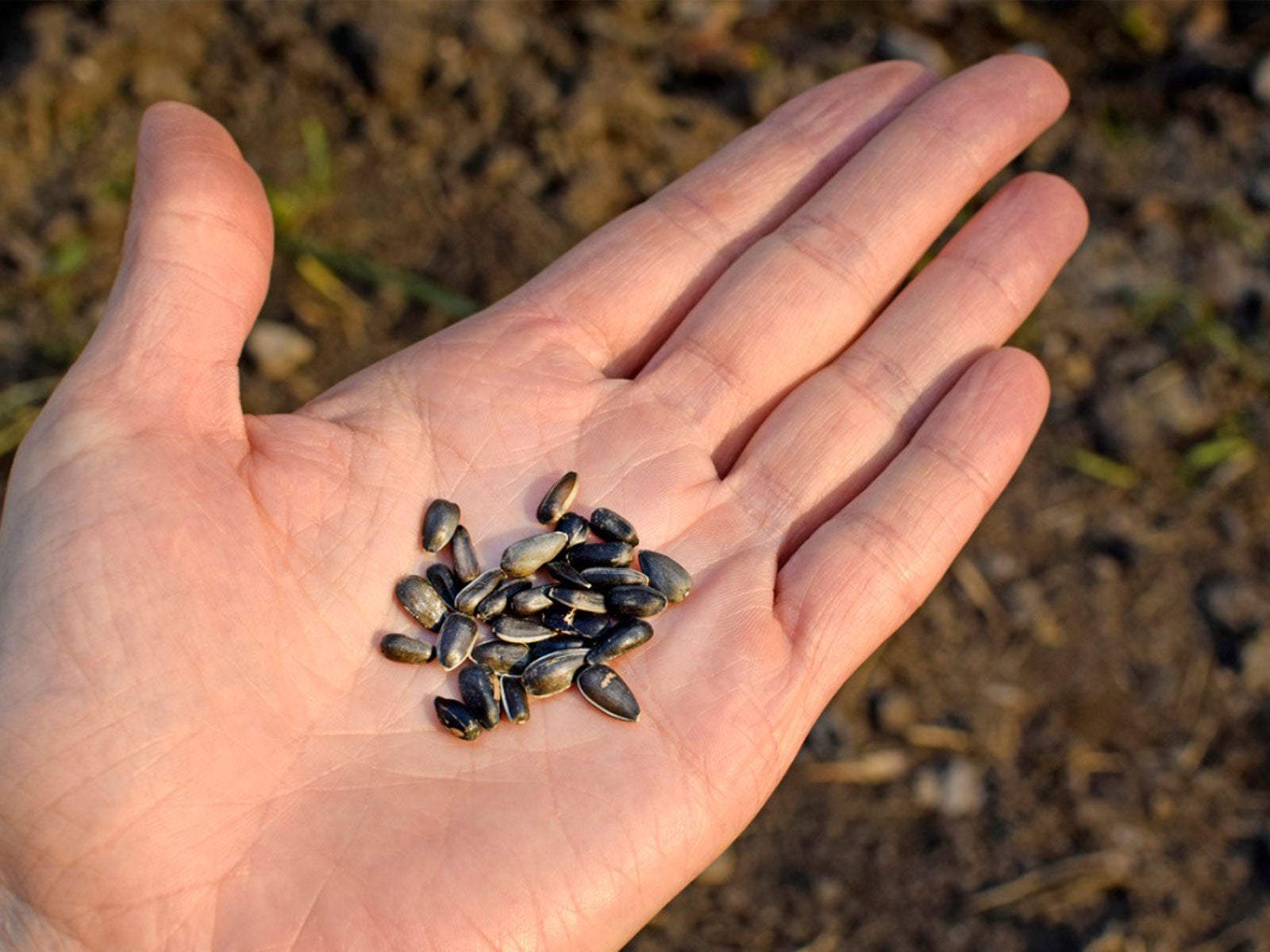Fall Seed Harvest – Learn About Seed Harvesting In Autumn


Collecting fall seeds can be a family affair or a solitary venture to enjoy the fresh air, autumn colors and nature walk. Harvesting seeds in fall is a great way to save money and share seeds with friends.
You can save seeds from your favorite flowers, fruits, some vegetables and even shrubs or trees. Perennials that need a cold stratification can be planted right away, while annuals such as marigolds and zinnias can be saved until next spring to plant. Tree and shrub seeds can usually be planted in fall too.
Collecting Fall Seeds from Plants
As the season ends, let some flowers go to seed rather than deadheading. After the blooms fade, seeds will form at the stem tips in capsules, pods, or husks. When the seed head or capsules are brown and dry or pods are firm and dark, they are ready to harvest. Most seeds are dark and hard. If they are white and soft, they are not mature.
You will harvest a mature vegetable or fruit for the seeds inside. Good vegetable candidates for seed harvesting in autumn are heirloom tomatoes, beans, peas, peppers, and melons.
Tree fruits, such as apples, and small fruits, such as blueberries, are collected when the fruits are fully mature. (Note: If the fruit trees and berry plants are grafted, the seeds harvested from them won’t produce the same as the parent.)
Tips to Collect, Dry, and Store Your Seeds
Good flowers for fall seed harvest include:
- Aster
- Anemone
- Blackberry Lily
- Black-Eyed Susan
- California Poppy
- Cleome
- Coreopsis
- Cosmos
- Daisy
- Four-O-Clocks
- Echinacea
- Hollyhock
- Gaillardia
- Marigold
- Nasturtium
- Poppy
- Stock
- Strawflower
- Sunflower
- Sweet Pea
- Zinnia
Bring a scissors or pruners to cut the seed heads or pods and carry small buckets, bags or envelopes to keep the seeds separated. Have your collection bags labeled with the names of the seeds you intend to harvest. Or bring a marker to label on the way.
Sign up for the Gardening Know How newsletter today and receive a free copy of our e-book "How to Grow Delicious Tomatoes".
Collect the seeds on a dry, warm day. Cut the stem below the seed head or pod. For bean and pea pods, wait till they are brown and dry before harvesting. Leave them in the pods for a week or two to dry further before shelling.
When you return inside, spread the seeds on sheets of wax paper to air dry for about a week. Remove the husks or pods from the seeds as well as the silk. Remove seeds from fleshy fruits with a spoon or by hand. Rinse and remove any clinging pulp. Air dry.
Place the seeds in envelopes marked with the plant name and date. Store seeds in a cool (about 40 degrees F. or 5 C.), dry place over winter. Plant in spring!
Most sources say not to bother collecting seeds of hybrid plants because they will not look (or taste) the same as the parent plant. However, if you are adventurous, plant seeds sown from hybrids and see what you get!

After graduating from Oklahoma State University with a degree in English, Susan pursued a career in communications. In addition, she wrote garden articles for magazines and authored a newspaper gardening column for many years. She contributed South-Central regional gardening columns for four years to Lowes.com. While living in Oklahoma, she served as a master gardener for 17 years.